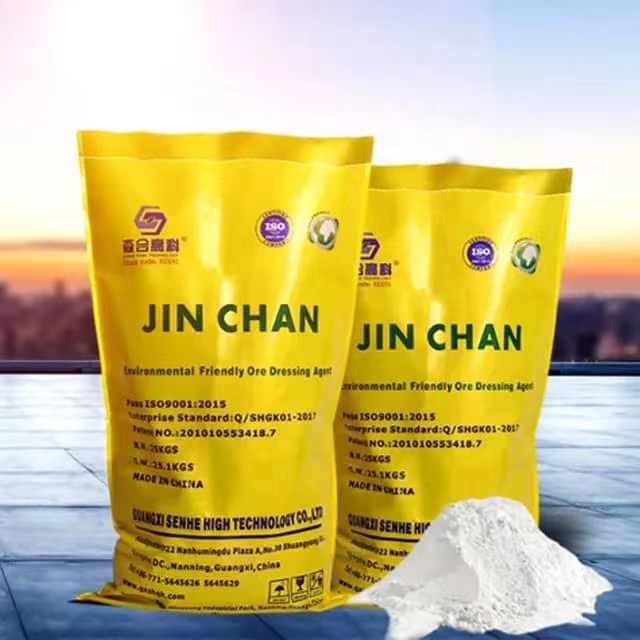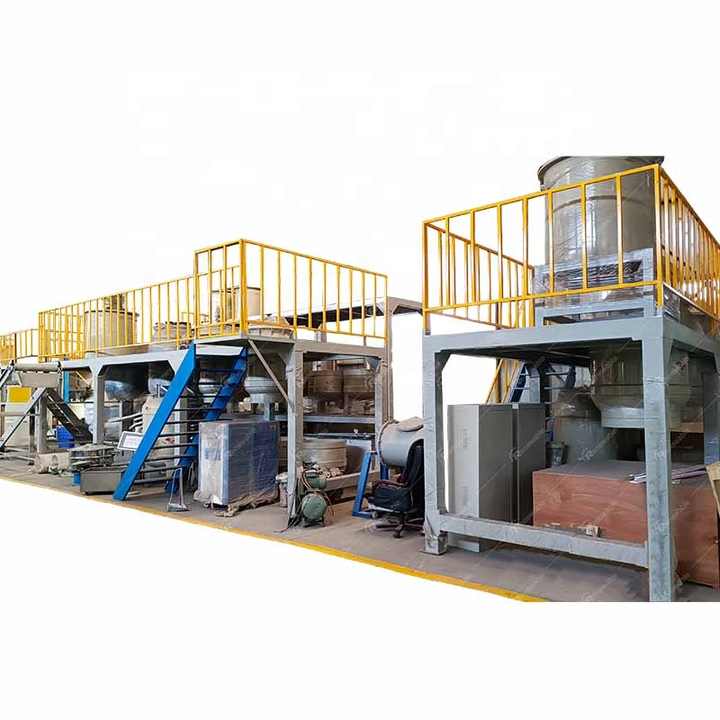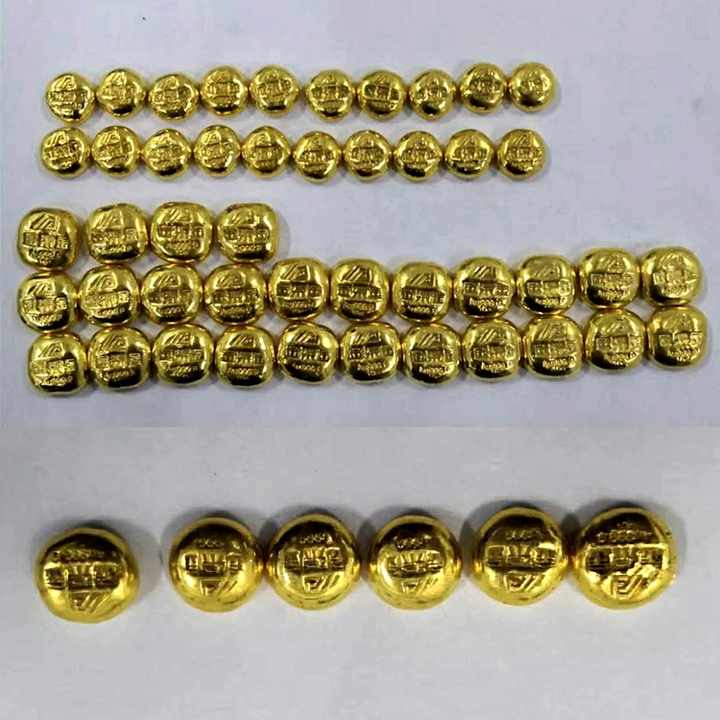Refining Gold With Hno3 Procedure
Understanding the Role of HNO3 in Gold Refining
Gold refining is an intricate process aimed at purifying gold by removing impurities and alloying elements. Among the various methods used, the utilization of nitric acid (HNO3) stands out for its effectiveness in treating certain types of gold materials. FRT Machinery, a leader in the field of mechanical equipment, offers insights into how HNO3 can be effectively used in the gold refining process.
HNO3 Dissolution Process in Gold Refining
The HNO3 dissolution process is critical when dealing with gold that contains base metals like copper or silver. Nitric acid selectively dissolves these base metals, leaving gold and other precious metals relatively unaffected. This selective property makes it an indispensable tool in the initial stages of gold purification. When implementing this method, it’s crucial to control the concentration of HNO3 and the duration of exposure to ensure optimal results without damaging the gold content.
Safety Precautions During HNO3 Use in Refining
Safety must be a top priority when handling HNO3 due to its corrosive nature. Protective gear such as gloves, goggles, and aprons should always be worn. Additionally, operations should take place in a well-ventilated area or under a fume hood to avoid inhaling toxic fumes. FRT Machinery recommends strict adherence to safety protocols to prevent accidents and ensure the health of workers involved in the refining process.
Equipment Needed for Efficient HNO3 Gold Refining

To achieve the best outcomes with HNO3 in gold refining, specific equipment is essential. FRT Machinery provides high-quality tools designed specifically for this purpose. These include reactors capable of safely containing HNO3, stirring mechanisms to ensure uniform treatment of the gold material, and filtration systems for separating dissolved impurities from the gold. Investing in reliable machinery from FRT Machinery guarantees both efficiency and safety throughout the refining procedure.
Steps Involved in the HNO3 Refining Technique
The actual refining process begins with preparing the gold material and the HNO3 solution. Once everything is set up, the gold is carefully introduced into the reactor containing the acid. Monitoring temperature and reaction conditions is vital to prevent overexposure, which could lead to unnecessary loss of gold. After sufficient time, the treated gold is removed, washed thoroughly to remove residual acids, and dried. This sequence ensures that only the purest form of gold remains.
Advantages of Using HNO3 Over Other Methods

Compared to alternative refining techniques, using HNO3 offers several advantages. It is more environmentally friendly since it does not produce harmful gases like cyanide processes do. Furthermore, it is faster and requires less complex equipment, making it a cost-effective option for many refineries. FRT Machinery supports this approach by providing streamlined solutions that enhance productivity while minimizing environmental impact.
Challenges and Solutions in Implementing HNO3 Refining
While HNO3 refining presents numerous benefits, challenges such as proper waste disposal and ensuring complete metal separation can arise. To address these issues, FRT Machinery suggests adopting advanced filtration technologies and recycling systems. These innovations help in managing waste efficiently and improving overall recovery rates, thereby making the entire process more sustainable and economically viable.
By following these guidelines and utilizing the right equipment from FRT Machinery, businesses can successfully incorporate HNO3 into their gold refining practices. Not only does this method enhance the purity of the final product, but it also contributes positively to operational sustainability.















